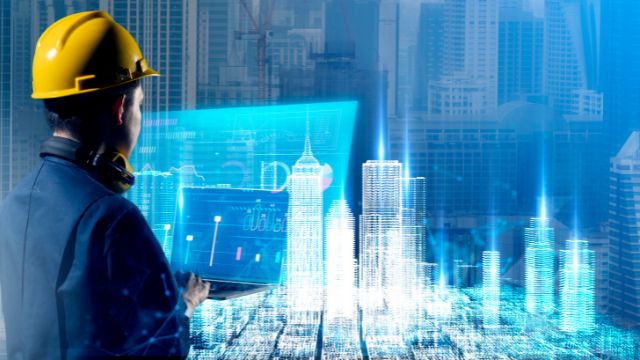When we discuss urban living, there is no doubt about leaving the concept of smart cities behind. Have you come across the term smart cities yet? In an era of rapid urbanisation and technological advancement, smart cities have gained significant traction. The goal of a smart city is to use technology and data-driven solutions to raise the standard of living of its citizens while fostering sustainable growth. At the heart of this transformation lies the integration of smart buildings. They play a crucial role in creating a seamless and efficient urban ecosystem. Let us explore the profound impacts of smart cities and buildings on urban living.
Understanding Smart Cities

A smart city is a dynamic approach to urban planning that harnesses innovation to address complex urban challenges. These challenges range from traffic congestion and pollution to energy consumption and resource management. The desired goal is to create a well-connected, responsive, and sustainable urban environment. Here are some of the key components that make cities smart.
1. Smart Infrastructure
Modern cities are widely adapting to smart infrastructures. This includes intelligent transportation systems, smart buildings, and advanced waste management solutions.
2. Data Analytics
Data is a highly valued vertical in smart cities. By collecting and analysing data from various sources, city authorities can make informed decisions to improve services and optimise resource allocation.
3. Sustainable Mobility
Smart cities prioritise eco-friendly transportation options, which help reduce carbon footprint and congestion. They widely encompass electric vehicles, bike-sharing programs, and efficient public transit systems.
4. Citizen Engagement
Digital platforms and apps empower citizens to actively participate in city governance, share feedback, and access essential services more conveniently.
Role of a Smart Building in Smart Cities
Smart buildings are basically the building blocks of smart cities. They embody innovation and intelligence in a singular architecture. These buildings incorporate advanced technologies to enhance energy efficiency, occupant comfort, and operational efficiency. Moreover, the integration of Internet of Things (IoT) devices, automation systems, and data analytics sets the stage for a transformative urban experience. Read on to learn more about the benefits of a smart building.
1. Energy Efficiency
A smart building employs sensors and automation to regulate heating, lighting, and cooling based on occupancy and external conditions. As a result, it helps reduce energy consumption.
2. Optimised Space Utilisation
Sensor data can be used to analyse space utilisation patterns, leading to efficient floor plans and better utilisation of available resources.
3. Enhanced Comfort
A smart building offers a personalised environment for occupants. Individualised temperature and lighting settings contribute to increased comfort and productivity.
4. Predictive Maintenance
IoT-enabled devices monitor equipment health and performance. This helps keep an eye on any maintenance requirement, which can further help prevent breakdowns and extend equipment lifespan.
5. Integrated Security
These smart structures integrate advanced security systems, including access control, surveillance, and real-time threat detection, enhancing safety for occupants.
Synergies and Impacts on Urban Living
The convergence of smart cities and buildings has created a powerful synergy that is revolutionising urban living. In fact, smart buildings play a significant role in enhancing resource efficiency within smart cities by optimising energy, water, and waste management. These buildings also help in traffic management by enabling dynamic traffic routing. As a result, it helps reduce energy consumption and the city’s carbon footprint.
The data collected from a smart building further assists in data-driven decision-making processes in urban planning and policy formulation. They provide valuable insights into energy demand, infrastructure usage, and environmental trends for city officials. Moreover, smart buildings significantly elevate the quality of life for urban residents through the creation of comfortable and convenient living and working spaces. Integrating sustainable practices at both building and city levels fosters a culture of environmental responsibility.
Parting Thoughts
The harmonious interplay between smart cities and smart buildings marks a transformative shift in urban living. The combination of cutting-edge technology, data analytics, and sustainable practices lays the foundation for a sustainable future of urban living. So, let us join hands with a sustainable solutions company to shape a future where urban living is synonymous with efficiency, sustainability, and enhanced well-being.

